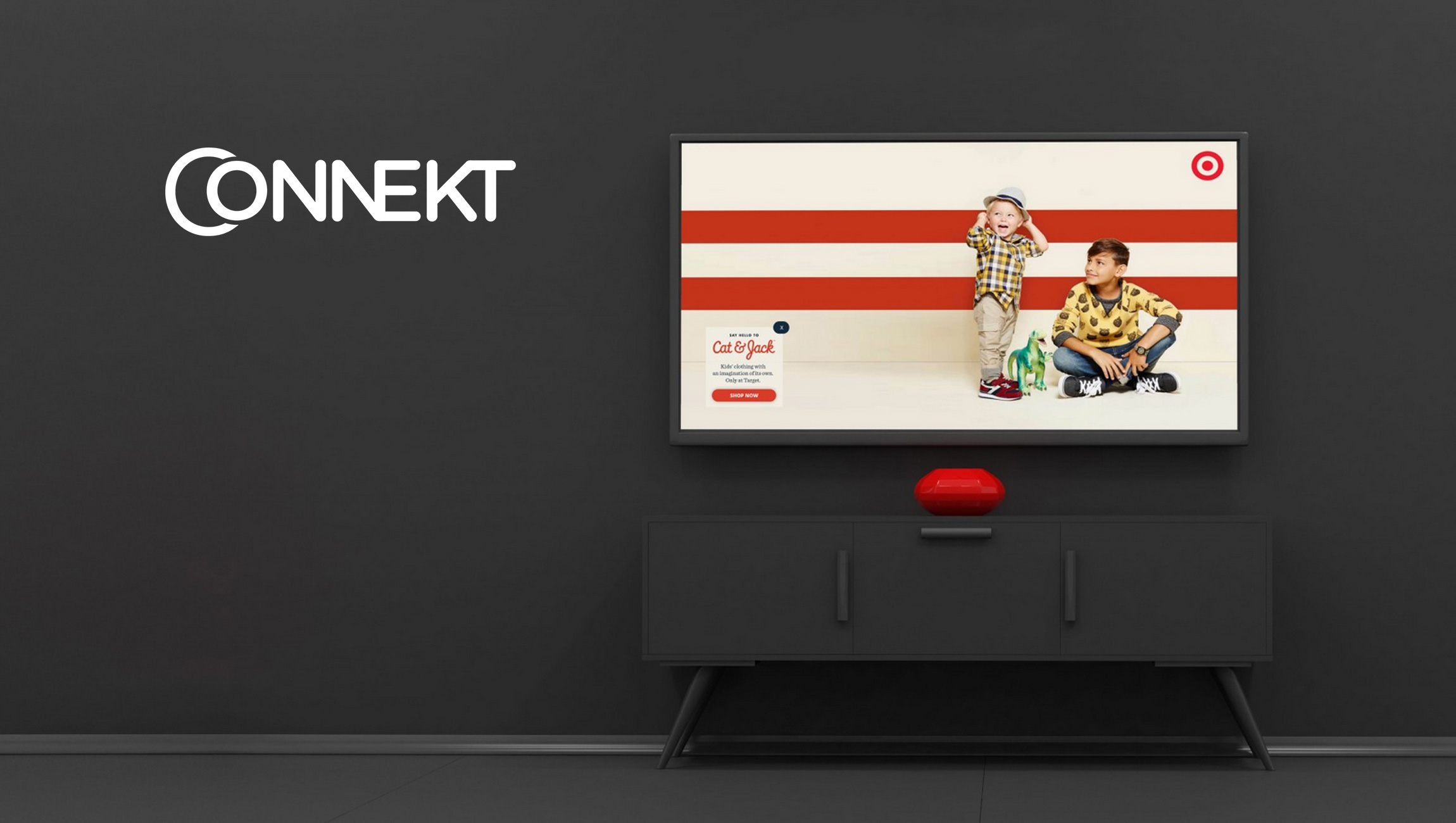Part One of The Predictions Series for 2018 Covers Futuristic Insights on Marketing Budgets, Data Management, and Data Quality and Martech Delusions
2017 proved to be a phenomenal year for marketing technology vendors as we witnessed the ecosystem growing to 5300+ companies. In a way, if it’s marketing, it’s has be digital, and more specifically personalized, real, and optimized to meet contemporary standards of Customer Marketing. According to Chief Martech, 2017 fetched us 40% more martech solutions compared to the previous year. The CMOs, therefore, have more choices to pick from a sophisticated bunch of marketing technology solutions and products. But, are the CMOs willing to spend more on marketing technology? In 2017, most CMOs decided to tighten their marketing budgets, resulting in a plateau in the spending trend.
Recommended Read: Year-Ender 2017: Top 7 B2B Marketing Philosophies
Per the latest Gartner report titled “2017-2018 CMO Spend Survey”, the budgets fell from 12.1 percent of company revenue in 2016 to 11.3 percent in 2017, representing a return to 2015 levels. For 2018, half of the marketing leaders plan to increase their marketing budgets, albeit slightly. That’s a significant revenue opportunity for all the marketing technology providers in the landscape.
Squarely, we must acknowledge what and how the CEOs and the CMOs plan to take their business ahead with new-age marketing technologies. We figured out that CMOs are most likely to stay keen on, invest, and collaborate on technologies that positively influence the customer experience (CX). These are—
- Content Personalization for Marketing and Sales Campaigns
- Video
- Social Media Analytics
- Sales Enablement
Personalization and the proliferation of Artificial Intelligence/Machine Learning capabilities would continue to make the buzz in the martech ecosystem.
Here are the top predictions for 2018 from senior executives within Martech.
Read Also: Deloitte TMT Predictions: Machine Learning Deployments to Double in 2018; Coins New Lingo #adlergic
Marketing Budgets and Their Impact on the Martech Stacks
According to Run Marketer and VP of Marketing at Allocadia, Sam Melnick, the modest trend in marketing budgets would impact the adoption of technologies.

Philosophical in his predictions about the state of the martech industry, Sam said, “Marketing budgets are down for 2018, and so is spend on Marketing Technology according to research from Gartner. This is less of a doomsday prediction, but more of a commentary on the state of our industry. Marketers are being held to a higher standard and while AI, predictive analytics, and other buzzwords (blockchain!?) get much of our attention — the reality is, most marketing organizations are simply not ready for these advanced technologies.”
Sam was positive about the companies that were able to sustain and grow their marketing budgets for 2018 have realized they need to take an honest look at their MarTech stack and “get back to the foundational elements of data, technology, and process.”
In 2018, CMOs are most likely to invest in Marketing Performance Management in addition to the legacy automation tools in CRM, and MAP.
As Sam puts it –
In 2018 we will continue to see more marketing leaders who have reduced their spending on MarTech vendors to focus on their core stack – CRM, MAP, and MPM.
Apart from the automation and intelligence tools, CMOs would finally make social media marketing as their universal B2B engagement and influencer strategy.

Paul Rosenfeld, Vice President of Marketing at Infusionsoft emphasized on the adoption of social media marketing platforms in 2018.
Paul said, “Social media marketing will play a huge role in 2018, but its success will be determined by its wingman, measurement. If you’re promoting a special offer on Facebook, take it a step further and direct traffic to a landing page with an opt-in form to capture leads and move them through your buying process. Small businesses are working with a limited marketing budget, so to get the highest ROI it’s important no lead is left behind with a follow-up plan for people ready to buy both now and later.”
The Fear of Oversaturated Martech Tools

Guy Weismantel, EVP of Marchex feels that 2018 would reveal the oversaturated state of MarTech tools! Guy stated, “I spend a lot of time thinking about marketing technology, and one area that concerns me is the potential oversaturation of marketing tech tools. Marketing is increasingly on the hook for revenue, and every dollar spent on software is a dollar we can’t allocate towards something else—an event, a campaign, more search traffic, etc. As such, organizations need to invest in tools and software that directly improve revenue, vs. merely optimizing a process that can be done the ‘old’ way. It is the technology that delivers those kinds of quantifiable, significant results that CFOs should be looking for.”
Accommodate Data-driven Technologies with Modernized IT Infrastructure
Appirio CMO, Latane Conant, predicts that a majority of companies in 2018 would increase their IT investments to modernize the core business areas, including Marketing Operations. Latane feels that CMOs will spend more on technology in 2018 compared to their CIO counterpart.

Latane said, “In 2012, Gartner predicted that by 2017, the CMOs will be spending more on tech than the CIOs. In 2016, Gartner confirmed this prediction, writing that in “2016, the CMOs allocated 3.24 percent of revenue to technology spending, which is very close indeed to the 3.4 percent of revenue CIOs earmark for IT.” The analyst firm explains that marketing technology has now become one of the core technology systems that run a business. They write: “Customer preferences and behaviors have changed and buying journeys are increasingly self-directed and digitally led. This means multichannel marketing is now (more than ever) among the most critical customer-facing, revenue-generating functions.”
Read Also: Will Artificial Intelligence Exceed Human Performance in Marketing and Sales by 2025?
Data Management and the Art of Maintaining Hygiene
Old, unmatched data can quickly spiral into an endemic problem if CMOs fail to keep a tab over and update their data management strategies. Most CMOs feel that their data can be ‘better’ and the database, more accurate, relevant and optimized. However, there still exists significant ‘delusion’ around how data is managed.
Data hygiene shall become the core to ensuring that a marketer has a direct access to most critical analytics relevant to building 360-degrees customer profiles and delivering most contemporary customer experience to these profiles.
Appirio’s Latane added, “At Appirio, we believe that Customer Experience (CX) has indeed emerged as what Gartner calls “the competitive battlefield”, and that technology is at the forefront of creating personalized experiences. For example, we have seen a rise in the need for marketing technologies that enable data-driven decision making; tools that can pull and analyze customer data. In today’s digital landscape, marketers who can automate the timing, channel, and content of each communication with customers will stand the greatest chance for success.”
Read More: 2018 Checklist for Marketers: Social Media Intelligence
Data Quality: What Data to Use, and What to Ignore?
Neil O’Keefe, SVP of Marketing & Content at DMA emphasized the importance of managing the data quality. Neil stated, “In 2017, we talked a lot about the sheer amount of data available to marketers today, and how it served as both a challenge and an opportunity. The key issue is determining which data NOT to use, which data to ignore. This could be for a number of reasons, such as the dataset being irrelevant to a current business need, or concerns about the data being inaccurate or even corrupted due to poor practices.”

Neil predicts, “In 2018, we will start to see more clear business goals and target audiences from marketers and organizations as they work to keep their teams from falling down the rabbit hole of near-infinite datasets. To weed out inaccuracies, companies will need to have a clear test case established when examining or onboarding data. This should apply not only to new data, but legacy datasets should be re-examined regularly for both accuracy and value.”
Read Also: If Data isn’t Real-Time, It’s Not Accurate for B2B Marketing and Sales
Data Hygiene Key to Create the Next-Gen Personalization Campaigns
Bryan MacDonald, EVP of Product and Strategy at Remarketable, predicts, “As marketers move toward identity resolution as a key way to power cutting-edge personalization, data hygiene becomes more important than ever. Can your company correctly identify who a user is across devices? Are the identities being matched accurately? Is the name of the individual being identified accurately? How trustworthy are the email addresses? How accurate are the postal addresses?”
Recommended Read: Focus on Reaching New Buyers and Enhancing Customer Experience for Two Years
Bryan added, “Without solid data hygiene, marketing dollars are wasted by reaching out to the wrong person via wrong postal address, or wrong email. Taking a proactive approach to data hygiene when it comes to identity resolution ensures you’re targeting the right people.”

Mary Claire Mandeville, Business Development Manager at Vennli, takes a definitive stance on how companies would turn their focus to data-usability. Mary predicts, “Nearly everyone has data, but few businesses know how to make it usable. Marketers will need to find ways to maximize its potential by uncovering insights and then finding an answer to the critical question: “Now what?”
Product Data Focused on Quality, Not Quantity
Dan Wilkinson, CCO of 1WorldSync, believes that while brands and retailers have tended to take a “the more information the better” approach when it comes to product content. But, quantity over quality no longer works. Dan thinks that the next evolution in data is giving companies the ability to provide content for consumers that fits their specific search needs, instead of throwing everything at them and seeing what sticks.
Streaming Analytics and New Revenue Streams
In 2018, marketers will find new revenue streams with streaming analytics.

Santiago Giraldo Anduaga of CARTO, predicts, “Streaming services are an untapped reserve of psychographic data that more marketing departments will dive into to identify target segments based on the lifestyle events, values, and views.”
Read More: CARTO Brings Geospatial Data and Analytics to Salesforce Einstein Analytics
For Santiago, POS Devices shall power more data-driven marketing opportunities in 2018. He added, “POS data has presented obstacles to marketers in the past, but expect to see more LI integrations in 2018 that will help build more robust customer profiles at the population level that can help estimate ROI more accurately.”
Read More: Dark Data: The Untapped Resource Companies Need to Look Into
Our Take: Advanced Analytics, Powered by AI to Prioritize MarTech Investments
In 2018, extracting relevant insights would prove to be a mega-challenge as customary CX programs can’t be held off to stagnation. A stagnant CX engagement would directly impact the way marketing campaigns live up to their ROI expectations.
Concluding our Part 1 of Predictions Series 2018, we feel that the trend in marketing technology budgets could directly impact the way businesses manage data to deliver better personalization.
The CMOs would continue to search for the ingress into real data and explore “Dark Data” using advanced Data Management and Analytic tools. The fetish for Big Data may finally die down in 2018, as organizations shift focus from merely collecting the raw data about the customer to people-based marketing powered by intent data.
Read More: Adobe Unveils New Advanced Analytics Products for Faster, Better Customer Intelligence
Leveraging AI in marketing will be massive in 2018. As AI technologies and personalization algorithms mature, automation campaigns will become more sophisticated and much more real to human conversations. Moving away from transactional to conversational engagements based on high-quality data, marketing investments in 2018 may be entirely focused on Data Management Platforms, Analytics, Intelligence, and AI-powered CX platforms – all these to achieve the goal of delivering highly personalized experiences to the true customer profiles.
Read Also: Madison Logic ActivateABM Leverages Intent Data for Comprehensive Full-Funnel Integration with CRM











